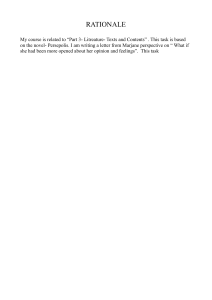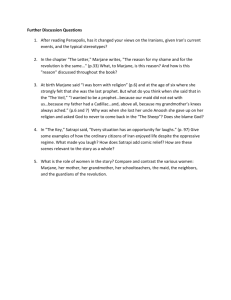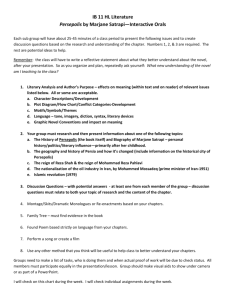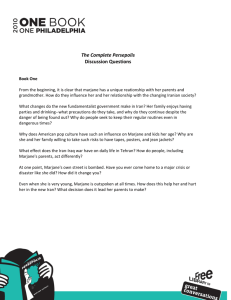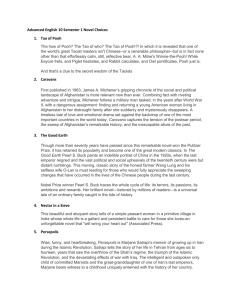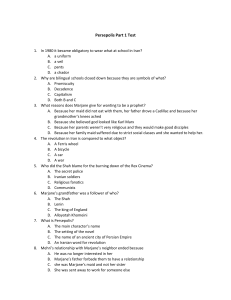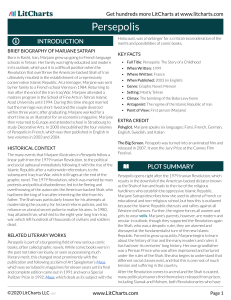Week 1 Day 3 - WordPress.com
advertisement
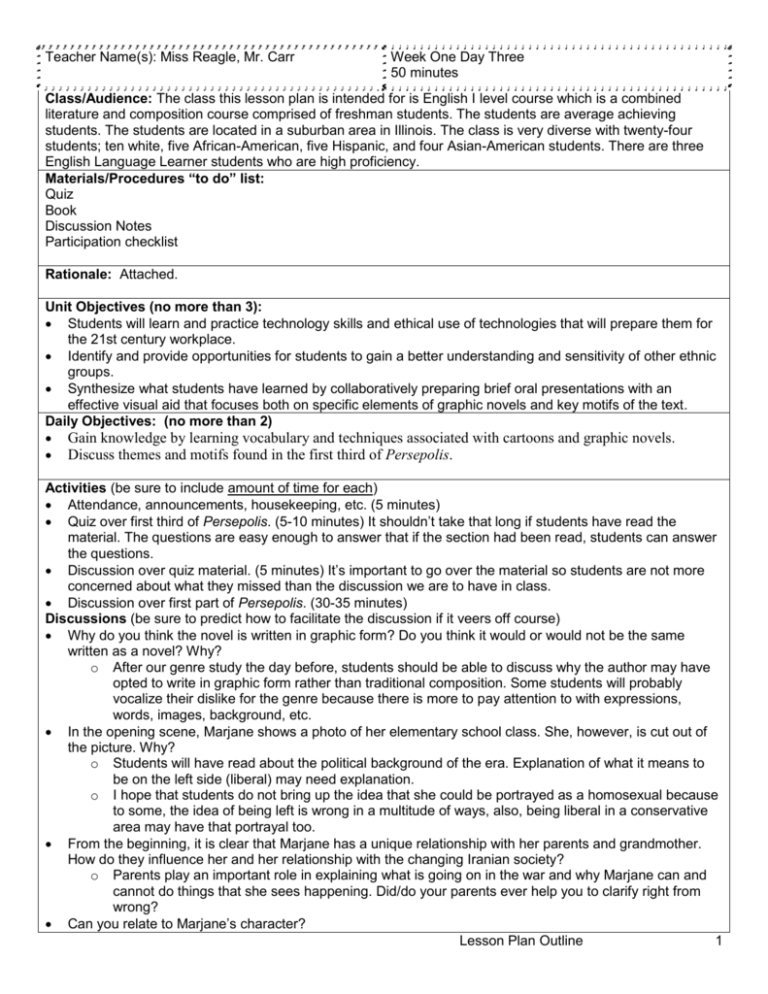
Teacher Name(s): Miss Reagle, Mr. Carr Week One Day Three 50 minutes Class/Audience: The class this lesson plan is intended for is English I level course which is a combined literature and composition course comprised of freshman students. The students are average achieving students. The students are located in a suburban area in Illinois. The class is very diverse with twenty-four students; ten white, five African-American, five Hispanic, and four Asian-American students. There are three English Language Learner students who are high proficiency. Materials/Procedures “to do” list: Quiz Book Discussion Notes Participation checklist Rationale: Attached. Unit Objectives (no more than 3): Students will learn and practice technology skills and ethical use of technologies that will prepare them for the 21st century workplace. Identify and provide opportunities for students to gain a better understanding and sensitivity of other ethnic groups. Synthesize what students have learned by collaboratively preparing brief oral presentations with an effective visual aid that focuses both on specific elements of graphic novels and key motifs of the text. Daily Objectives: (no more than 2) Gain knowledge by learning vocabulary and techniques associated with cartoons and graphic novels. Discuss themes and motifs found in the first third of Persepolis. Activities (be sure to include amount of time for each) Attendance, announcements, housekeeping, etc. (5 minutes) Quiz over first third of Persepolis. (5-10 minutes) It shouldn’t take that long if students have read the material. The questions are easy enough to answer that if the section had been read, students can answer the questions. Discussion over quiz material. (5 minutes) It’s important to go over the material so students are not more concerned about what they missed than the discussion we are to have in class. Discussion over first part of Persepolis. (30-35 minutes) Discussions (be sure to predict how to facilitate the discussion if it veers off course) Why do you think the novel is written in graphic form? Do you think it would or would not be the same written as a novel? Why? o After our genre study the day before, students should be able to discuss why the author may have opted to write in graphic form rather than traditional composition. Some students will probably vocalize their dislike for the genre because there is more to pay attention to with expressions, words, images, background, etc. In the opening scene, Marjane shows a photo of her elementary school class. She, however, is cut out of the picture. Why? o Students will have read about the political background of the era. Explanation of what it means to be on the left side (liberal) may need explanation. o I hope that students do not bring up the idea that she could be portrayed as a homosexual because to some, the idea of being left is wrong in a multitude of ways, also, being liberal in a conservative area may have that portrayal too. From the beginning, it is clear that Marjane has a unique relationship with her parents and grandmother. How do they influence her and her relationship with the changing Iranian society? o Parents play an important role in explaining what is going on in the war and why Marjane can and cannot do things that she sees happening. Did/do your parents ever help you to clarify right from wrong? Can you relate to Marjane’s character? Lesson Plan Outline 1 Many students were about Marjane’s age when the attacks on 9/11 occurred, thus prompting hatred towards the Middle East, Iran, and Islam. o Marjane is experiencing something similar; she is witnesses all of these horrible act, prompting hatred towards the Shah. There are also mixed feelings because at school she is being told that the Shah came from God, while at home she’s being told that he is an ignorant leader being controlled by British forces. Why does American pop culture have such an influence on Marjane and kids her age? Why are she and her family willing to take such risks to have tapes, posters, and jean jackets? o I want students to talk about whether or not the characters are making smart choices about the materialistic items the people are risking their lives to obtain. o What lengths do students go to obtain the newest items, the flashiest wear, etc.? How is that different than what Marjane and her family are doing? Assessments need to match your objectives and learning standards. Are your students meeting your objectives? How are they meeting them? How are you measuring them to ensure they understand the concepts? o Assessments Day/Activity Assessment: Quiz to display understanding of material read. o Discussion post quiz where students should be supporting their responses to the questions with evidence from the text. o By supporting their responses, students are leading the discussion and teaching their peers, also, if they interpreted something differently than I had when creating the quiz; students have the chance to argue for their points, and to allow me to revise my own interpretation. Discussion to build on understanding of material read. o The discussion includes aspects of the genre, character development, words and phrases analyzed, and viewpoints of cultural aspects different than the United States. Common Core Standards: CC.9-10.R.L.2 Key Ideas and Details: Determine a theme or central idea of a text and analyze in detail its development over the course of the text, including how it emerges and is shaped and refined by specific details; provide an objective summary of the text. CC.9-10.R.L.3 Key Ideas and Details: Analyze how complex characters (e.g., those with multiple or conflicting motivations) develop over the course of a text, interact with other characters, and advance the plot or develop the theme. CC.9-10.R.L.4 Craft and Structure: Determine the meaning of words and phrases as they are used in the text, including figurative and connotative meanings; analyze the cumulative impact of specific word choices on meaning and tone (e.g., how the language evokes a sense of time and place; how it sets a formal or informal tone). CC.9-10.R.L.6 Craft and Structure: Analyze a particular point of view or cultural experience reflected in a work of literature from outside the United States, drawing on a wide reading of world literature. CC.9-10.SL.1.a Comprehension and Collaboration: Come to discussions prepared, having read and researched material under study; explicitly draw on that preparation by referring to evidence from texts and other research on the topic or issue to stimulate a thoughtful, well-reasoned exchange of ideas. Accommodations/Differentiation: If needed, provide a copy of the book or quiz in native language. Notes: Lesson Plan Outline 2
